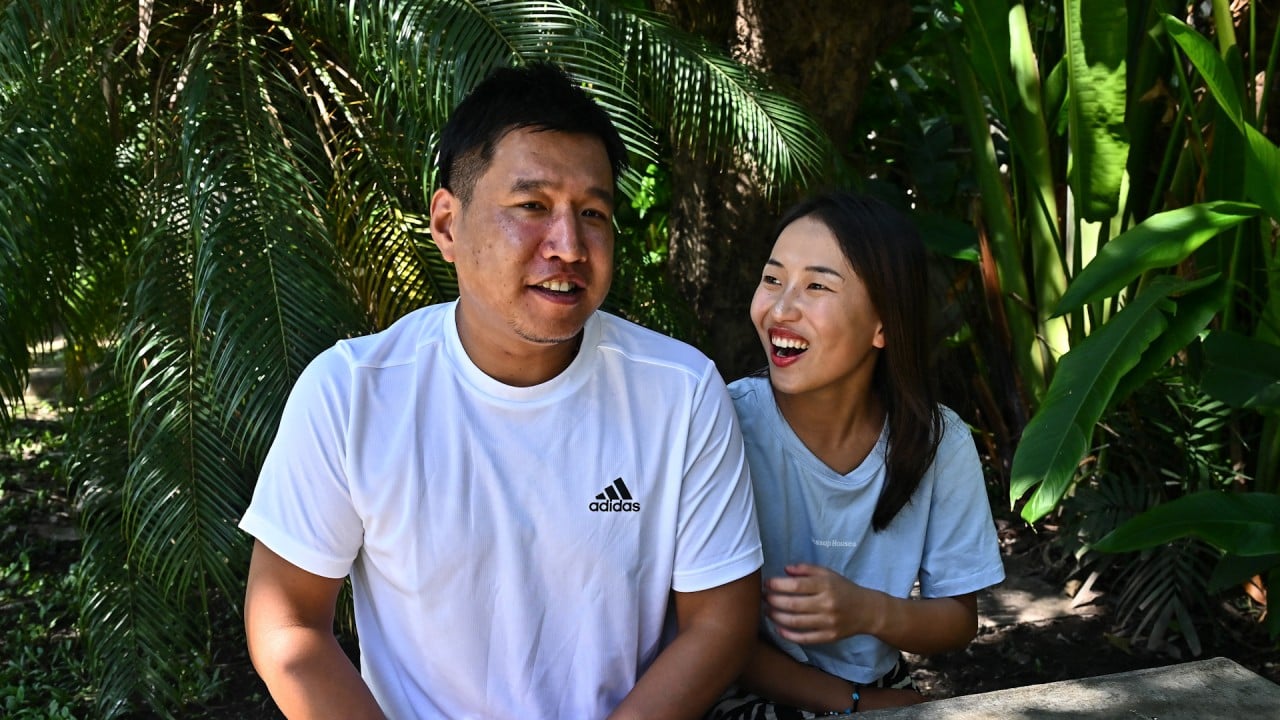
Malaysia reboots flagging ‘second home’ golden visa scheme with eye on Chinese expats
- Just 500,000 ringgit (US$107,000) in deposits and assets is now required to apply for a Malaysia My Second Home visa, down from 2.5 million ringgit
- But experts caution the lower threshold may not be enough, as it remains unclear if a 40,000-ringgit monthly income condition still needs to be met
But experts warn the government must offer clear and consistent rules to lure serious numbers of applicants, after years of vacillating between appealing only to Asia’s rich and trying to attract its middle classes who need a cheaper point of entry.
Malaysia lures Singapore’s expats as Chinese-built Forest City homes ‘sit empty’
To address the tail-off, the government revamped the deal earlier this month, saying it will open entry to the MM2H to foreigners with a minimum fixed deposit of just 500,000 ringgit.
Industry participants think that is sure to catch the eye of prospective participants from China.
“It definitely will revive their interest,” said Anthony Liew, president of the MM2H Consultants Association.
Liew, whose clients are predominantly from mainland China, said fewer than 400 families a year made the cut after the 2021 revision to the entry rules, compared to 5,610 families in 2018.
The lower threshold would be especially appealing to prospective Chinese participants, Liew said, as they have difficulty meeting higher requirements due to strict annual capital transfer limits imposed by the Chinese government.

It was not immediately clear if the government plans to also drop the monthly income threshold, or allow work from Malaysia.
Nearly 16,000 Chinese nationals signed up for the programme between 2002 – when the scheme was launched – and 2019, according to data from the Ministry of Tourism, Arts and Culture. They accounted for one-third of the more than 48,000 applications approved over the same period.
The latest tweak to MM2H will set three tiers of entry, offering increasingly attractive packages to participants based on how much they can afford.
Platinum tier applicants will need to place 5 million ringgit in fixed deposits, but have the option to gain permanent residency. The threshold for gold tier is 2 million ringgit in fixed deposits, offering 15-year residency, while silver tier applicants get a 5-year residency for 500,000 ringgit in fixed deposits.
The relaxed eligibility may help attract skilled foreign workers, entrepreneurs and investors who are sorely needed to help the country break out of the middle-income trap, said Yeah Kim Leng, an economics professor at Malaysia’s Sunway University.
Yeah said the expected rise in the number of MM2H applicants is also expected to make up for the lower fixed-deposit amount.
“More importantly, the larger base is estimated to have a greater multiplier effect on the economy through increased investment, consumption and entrepreneurship activities,” he told This Week in Asia.
China and Singapore agree to let each other’s citizens travel visa-free
But experts caution that simply lowering the threshold for entry may not be enough, with the government yet to provide clear details on whether participants will still need to meet the 40,000 ringgit monthly income condition.
“On the face of it, this seems like an improvement, but we will know more when it is actually launched and all the details are known,” said Andy Davison, the chief executive of Kuala Lumpur-based The Expat Group.
“So far, no date has been announced for implementation.”
At the same time, the government needs to work on creating a predictable policy environment, where it is easy to do business to win over prospective participants of the MM2H, Yeah from Sunway University said.
“There are quick returns from increased tourism, but the magnitude depends on the take-up and attractiveness of the programme relative to regional competitors,” Yeah said.
Vincent Fong, founder of the MM2H Club, a consulting agency for the scheme in Hong Kong, said, “The ministry’s feedback is that everything should be ironed out in January, I believe that the first quarter of 2024 is a good estimate of when this programme can be launched.”
Fong also cautioned about future tighter requirements for the visa in the future.
“As with all golden visa programmes, the requirements may get more stringent over time. It is very likely after the one-year special edition is over, the requirements will tighten again.”



